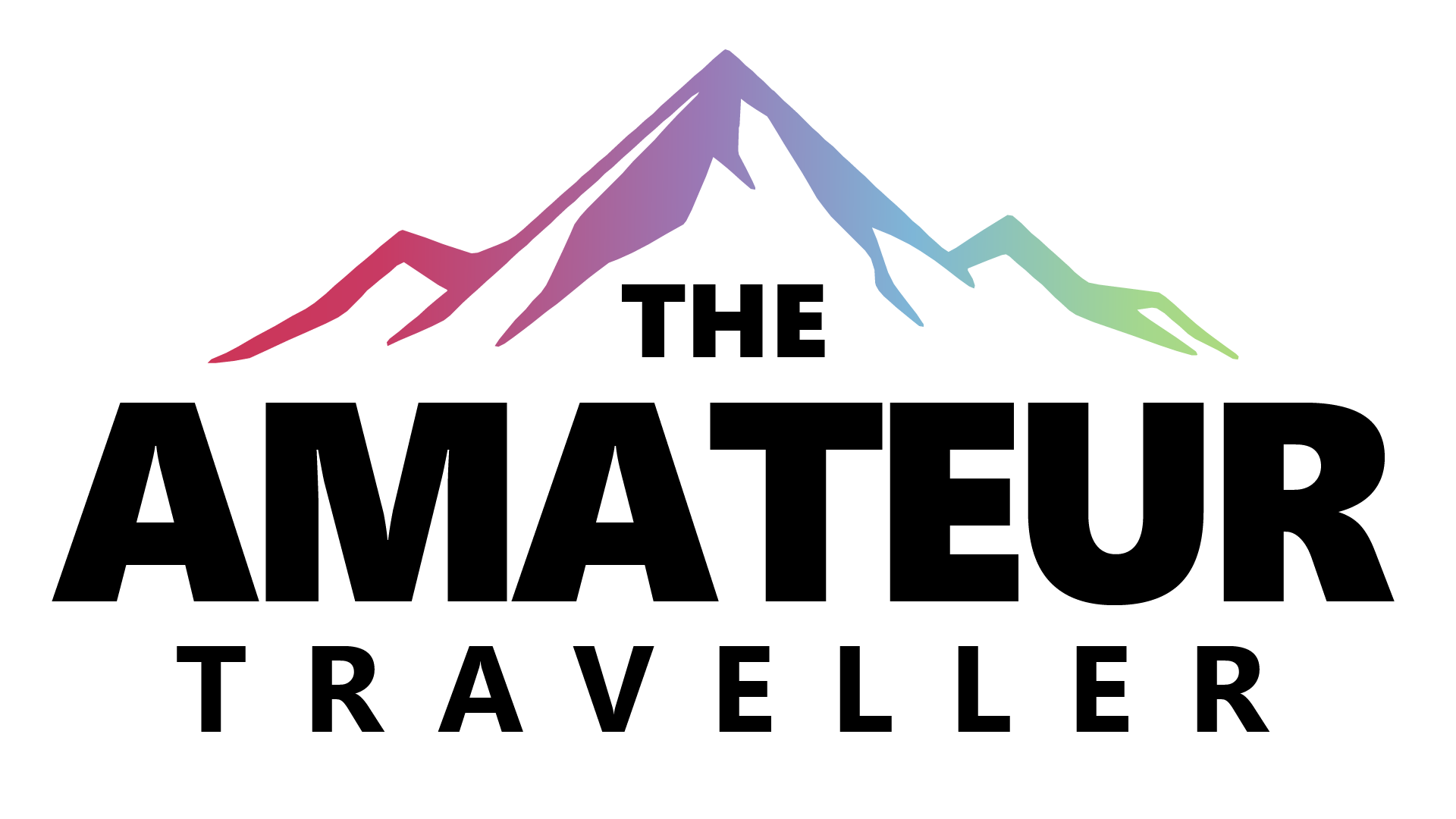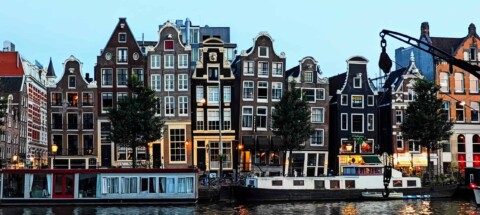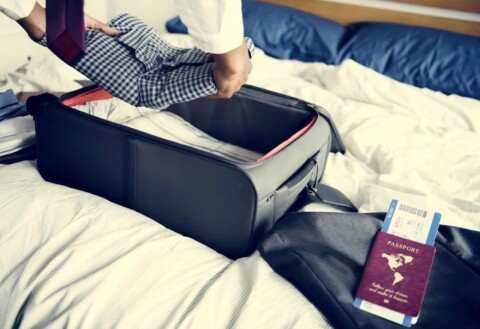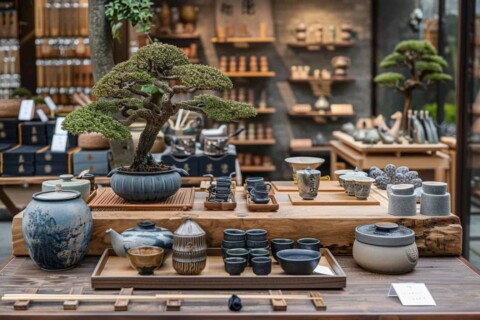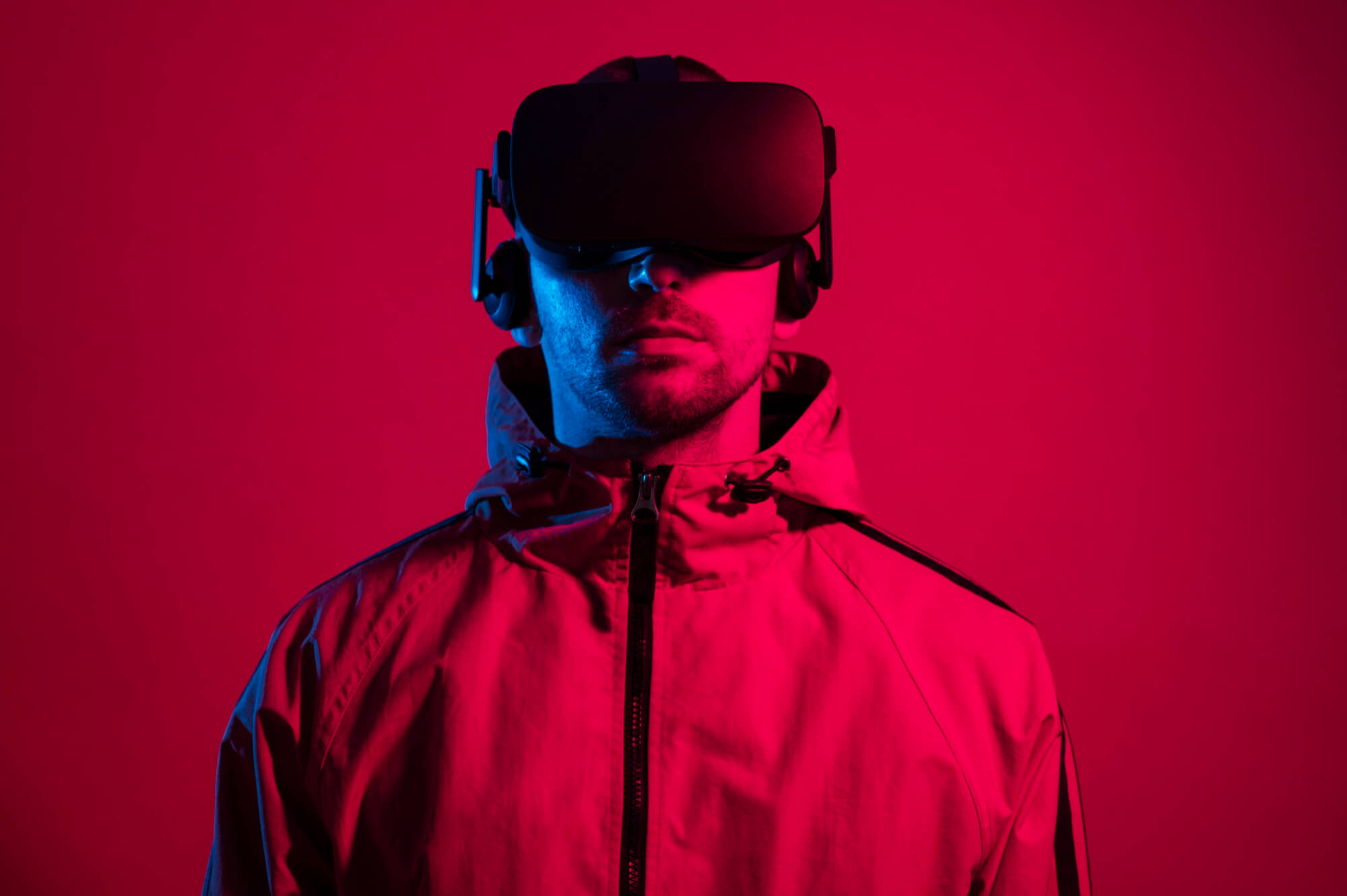We live in an age where a single smartphone can broadcast your voice to millions, where a teenager in their bedroom can command more attention than a seasoned journalist, and where the pursuit of likes and followers has become a legitimate career path. Social media promised to connect us, to democratize information, and to give everyone a voice. Instead, it has unleashed a digital plague that is systematically damaging our cultural heritage, polluting our information ecosystem, and transforming tourism from cultural exchange into a narcissistic circus. The evidence is everywhere, from the sacred temples of Kyoto to the historic streets of Barcelona, and it’s time we confronted this uncomfortable truth: social media is not just changing society—it’s damaging it, perhaps irreparably.
The Influencer Invasion: When Content Creation Becomes Cultural Vandalism
The rise of the “influencer” as a cultural figure has fundamentally altered how people interact with the world around them. What was once a genuine appreciation for art, culture, and shared spaces has devolved into a frantic scramble for the perfect shot, the viral moment, the content that will generate engagement. The result is a generation of digital narcissists who view the world not as something to be experienced, but as a backdrop for their personal brand.
Japan has become ground zero for this phenomenon. The country’s unique blend of ancient tradition and modern aesthetics makes it irresistible to content creators, but the consequences have been devastating. In Kyoto’s historic Gion district, where geishas have practiced their art for centuries, tourists and influencers now aggressively pursue these cultural practitioners like paparazzi, blocking their paths, touching them without permission, and treating them as props for Instagram photos. The situation became so severe that certain streets in Gion have been closed to tourists, and signs have been erected explicitly prohibiting photography of geishas without consent.
The problem extends far beyond Kyoto. At the Fushimi Inari shrine, famous for its thousands of vermillion torii gates, visitors regularly block pathways to stage elaborate photo shoots, sometimes for hours, preventing others from experiencing the sacred site. Mount Fuji’s viewing spots have become so overrun with inconsiderate photographers that local authorities have erected barriers to block certain vantage points. The town of Fujikawaguchiko recently installed a large black screen to block the view of Mount Fuji from a particular spot because tourists were behaving dangerously, trespassing on private property, littering, and generally causing chaos—all in pursuit of a specific viral photo angle.
Europe faces similar challenges. In Amsterdam, the city government has launched campaigns explicitly asking visitors to “stay away” after influencer culture contributed to overtourism that made life unbearable for residents. Venice has banned cruise ships and implemented a tourist tax because the sheer volume of visitors—many seeking the perfect canal photo—threatened to literally sink the city under the weight of tourism. The Trevi Fountain in Rome now requires crowd control barriers because tourists stage elaborate photo shoots that prevent others from appreciating the historic monument. Barcelona’s Park Güell, a UNESCO World Heritage site designed by Antoni Gaudí, had to implement a ticketing system and visitor limits because influencers were using it as a free photo studio, sometimes bringing costume changes and professional equipment for hours-long sessions.
The disrespect extends to art and museums. The Louvre reports that many visitors spend mere seconds looking at the Mona Lisa with their own eyes, preferring instead to experience it through their phone screen while jostling for a selfie. Museums worldwide have banned selfie sticks and, in some cases, all photography, because visitors were touching priceless artworks to stage photos, using flash photography on fragile pieces, and generally treating cultural treasures as Instagram props rather than objects worthy of reverence and study.
The Megaphone for Madness: How Social Media Amplifies Lies and Misinformation
If the physical damage influencers cause is troubling, the informational pollution they create is catastrophic. Social media promised to democratize information, giving everyone a voice. What it actually did was give everyone a megaphone, regardless of whether they had anything truthful, useful, or even coherent to say. The marketplace of ideas has become a bazaar of delusions, where lies spread faster than truth and outrage generates more engagement than accuracy.
The numbers are staggering. Studies have shown that false information spreads six times faster on social media than true information. This isn’t accidental—it’s by design. Social media algorithms prioritize engagement above all else, and nothing drives engagement quite like content that provokes strong emotions: anger, fear, outrage, disgust. Truth is boring; lies are exciting. A carefully researched article by a credentialed expert might get a few hundred shares. A conspiracy theory claiming that 5G towers cause cancer or that a certain political figure is secretly a reptilian alien will go viral within hours.
The consequences are profound. During the COVID-19 pandemic, medical misinformation spread on social media cost lives. False claims about vaccines, miracle cures, and the nature of the virus itself were shared millions of times by influencers who had no medical training but possessed large followings. Some influencers actively promoted dangerous treatments like drinking bleach or taking livestock medication. Others spread conspiracy theories that made their followers distrust public health measures, directly contributing to disease spread and death.
Political misinformation has undermined democratic institutions worldwide. Influencers with large platforms spread false information about elections, creating doubt in democratic processes. They amplify extreme political positions, not because these positions are particularly popular or well-reasoned, but because extremism generates engagement. The center cannot hold when the algorithm rewards the fringes.
Pseudoscience flourishes in this environment. Influencers peddle wellness advice that contradicts established medical knowledge, promote “cleanses” and “detoxes” that have no scientific basis, and spread fear about vaccines, GMOs, and modern medicine. Financial influencers encourage followers to invest in cryptocurrency schemes or day trading strategies that are essentially gambling. The common thread is that these influencers profit from their advice—through sponsorships, affiliate links, and course sales—while their followers suffer the consequences.
The problem is structural. Social media platforms have no meaningful quality control for information. A teenager who read a conspiracy theory website has the same ability to broadcast their “findings” as a researcher who spent decades studying a topic. In fact, the teenager might have more reach if their content is more emotionally provocative. We’ve created a system where expertise is devalued and any confident-sounding person with good lighting and decent editing skills can position themselves as an authority.
The Entitlement Economy: When “Exposure” Becomes Currency
Perhaps nothing illustrates the corrosive effect of influencer culture more clearly than the phenomenon of influencers demanding free products and services in exchange for “exposure.” This practice has become so common that it has spawned countless stories of entitled influencers throwing tantrums when businesses refuse to comp them.
The logic, such as it is, goes like this: “I have X number of followers, therefore my endorsement is valuable, therefore you should give me your product or service for free.” Never mind that studies consistently show influencer marketing has questionable ROI for most small businesses. Never mind that many influencers have inflated follower counts thanks to bots and fake accounts. Never mind that even genuine followers rarely translate into actual customers. The influencer has decided their social media presence is valuable, and they expect the world to agree.
Restaurants, hotels, and tour operators have been hit particularly hard. Small business owners report receiving dozens of requests per week from influencers asking for free meals, free rooms, or free tours. Many of these requests come from accounts with modest followings—sometimes just a few thousand followers—and the “influencers” are often shocked and offended when told they need to pay like everyone else. Some respond with threats to post negative reviews or to “expose” the business for being unsupportive of content creators.
The entitlement can reach absurd levels. There are documented cases of influencers showing up at hotels without reservations, expecting to be comped because of their social media following. Influencers have been caught dining at restaurants, eating full meals, and then refusing to pay, claiming their Instagram posts constitute payment. Some have demanded that businesses hire them as “brand ambassadors” on the spot, becoming aggressive when declined.
What makes this particularly galling is the double standard. When pressed, many influencers admit they would never work for free in their previous careers. A teacher wouldn’t teach for “exposure.” A plumber wouldn’t fix your pipes for exposure. A lawyer wouldn’t represent you for exposure. Yet somehow, these same individuals believe that restaurants should give them free food, hotels should give them free rooms, and tourist attractions should comp their admission—all for the privilege of a few Instagram posts that may or may not generate any actual business.
To be fair, influencer marketing can work. Some influencers are professional, ethical, and deliver genuine value to the businesses they partner with. They disclose sponsorships, they’re honest with their audiences, and they understand that they’re providing a service that should be negotiated fairly. But these good actors are increasingly drowned out by a sea of entitled amateurs who believe that accumulating followers makes them special and deserving of free things.
The result is that many small businesses now have explicit policies against working with influencers. They’ve been burned too many times by people who promised exposure but delivered nothing, or worse, who behaved badly and then left negative reviews when they didn’t get free stuff. The entire concept of influencer marketing has become toxic for many in the hospitality and tourism industries.
The Tourist Tax: When Bad Behavior Ruins It for Everyone
The cumulative effect of influencer culture, social media-driven tourism, and generally terrible tourist behavior has led to a backlash in destinations worldwide. Increasingly, locals don’t just dislike tourists—they actively resent them, and in some cases, their governments are taking steps to discourage or even ban tourists altogether.
Japan, despite its reputation for politeness and hospitality, has reached a breaking point. In addition to the measures in Kyoto’s Gion district, the town of Fujikawaguchiko erected that controversial black barrier to block a Mount Fuji photo spot. The town of Hiraizumi put up signs asking tourists not to take photos while walking because they kept blocking traffic and bumping into things. Some businesses in popular tourist areas now charge foreigners more than locals, or refuse foreign customers altogether, citing consistent bad behavior.
The problems are legion: tourists littering, being loud in quiet neighborhoods, trespassing on private property for photos, eating while walking in areas where it’s considered rude, wearing shoes inside temples, ignoring clearly posted rules, and generally treating Japan as a theme park rather than a place where real people live and work. The situation has become so severe that there’s now a term for it in Japanese: “overtourism pollution.”
Venice has gone further, banning large cruise ships and implementing a system where day-trippers must pay a fee to enter the historic center during peak times. The city has been loved to death by tourists, many of whom behave as though they’re in a living museum rather than someone’s home. Residents have fled the historic center, unable to afford rent that’s been driven up by short-term vacation rentals, and unable to tolerate streets so crowded they can barely get to the grocery store.
Amsterdam’s “stay away” campaign is perhaps the most direct rejection of tourism yet. The city explicitly tells certain types of tourists—particularly young people coming for the party scene—not to visit. The campaign includes deliberately off-putting advertisements and higher taxes for tourists. Barcelona has taken similar measures, restricting new hotels and vacation rentals and implementing tourist caps in popular neighborhoods. Locals in these cities report that their quality of life has been destroyed by tourism, with noise, trash, and overcrowding making historic neighborhoods unlivable.
The island of Boracay in the Philippines was closed to tourists for six months for rehabilitation after the island’s ecosystem was pushed to the brink of collapse by overtourism. Maya Bay in Thailand, made famous by the film “The Beach,” was closed for years to allow the coral reefs to recover from damage caused by tourist boats. New Zealand has implemented tourist taxes and is considering permit systems for certain hiking trails. Bhutan has long charged high daily fees for tourists to limit numbers and ensure only serious travelers visit.
The pattern is clear: destinations that were once eager for tourist dollars are now actively trying to reduce tourist numbers or discourage certain types of tourists. The economic benefits of tourism are being outweighed by the social and environmental costs. And while not all tourists are influencers, the influencer mindset—treating destinations as backdrops, pursuing the viral moment over genuine experience, prioritizing content creation over consideration for others—has infected tourism generally.
The cruel irony is that ordinary, respectful tourists are now paying the price for the bad behavior of influencers and overtourism generally. Residents of popular destinations no longer distinguish between the considerate visitor and the selfie-stick-wielding content creator. They’re all just tourists, and tourists have worn out their welcome.
What Can We Do? Reimagining Our Relationship with Social Media and Travel
The damage is done, but it’s not irreversible. Addressing the problems social media has created requires action at multiple levels: individual, corporate, and governmental.
Individual responsibility must be the foundation. Before posting, ask: Is this true? Am I contributing something valuable, or just adding to the noise? Am I treating this place and these people with respect, or am I using them as props? Would I behave this way if I couldn’t post about it? Practice mindful consumption of social media. Question viral content. Verify before sharing. Support creators who prioritize accuracy over engagement. And most importantly, experience the world with your eyes first and your phone second.
Platform accountability is essential. Social media companies must be held responsible for the content their algorithms promote. This means deprioritizing engagement-based algorithms in favor of accuracy-based curation. It means investing seriously in fact-checking and content moderation, not as an afterthought but as a core function. It means transparency about how content is promoted and who’s paying for it. Regulation may be necessary to force these changes, as the platforms have shown little willingness to sacrifice engagement metrics for social responsibility.
Business policies can help. Businesses should feel empowered to say no to influencers demanding free services. Many have found success with explicit policies posted publicly: “We do not provide complimentary services in exchange for social media posts.” This clarity protects staff from awkward confrontations and sets appropriate expectations. When businesses do work with influencers, they should require contracts, clarify expectations, and insist on professionalism.
Destination management requires tough choices. Popular destinations must be willing to implement tourist caps, higher fees, permit systems, and strict behavior rules. This is difficult—tourism is economic lifeblood for many communities—but the alternative is the destruction of the very attractions that draw tourists in the first place. Venice is sinking, Machu Picchu is eroding, and coral reefs are dying. At some point, preservation must take precedence over profit.
Education and awareness can shift culture. Travelers need to understand that they’re guests, not consumers; that destinations are communities, not theme parks; that local people deserve respect and privacy. Schools could incorporate digital literacy and ethical social media use into curricula. Travel companies could emphasize responsible tourism in their marketing. Influencers with large platforms could model better behavior—and some do, but they’re too rare.
Cultural shift is perhaps the most important and the most difficult. We need to move away from a culture that measures worth in followers and validation in likes. We need to revalue expertise, truth, and depth over virality and engagement. We need to relearn how to experience things without immediately trying to monetize or broadcast them. This is a generational project, and it requires swimming against the powerful current of social media’s fundamental design.
Conclusion: Choosing Connection Over Content
Social media is not going away, nor should it necessarily. The technology itself is neutral; it’s how we use it that matters. But right now, we’re using it in ways that damage culture, spread misinformation, exploit hospitality, and ruin destinations. The influencer economy incentivizes bad behavior, the algorithm rewards lies, and we’re all paying the price.
The good news is that change is possible. Some influencers are thoughtful and ethical. Some platforms are experimenting with better content moderation. Some destinations are successfully managing tourism. Some individuals are choosing to engage with social media more mindfully. These examples prove that another way is possible.
But it requires collective will. It requires platforms prioritizing truth over engagement, influencers prioritizing impact over income, tourists prioritizing experience over content, and all of us recognizing that some things are more important than likes and followers. It requires remembering that before we were content creators and consumers, we were human beings capable of authentic connection, genuine experience, and respectful coexistence.
The question is whether we can rediscover those capabilities before social media’s damage becomes truly irreversible. The temples will close, the destinations will restrict access, the locals will retreat, and we’ll be left with a world where everything authentic has been destroyed or hidden away to protect it from our cameras. That’s the future we’re heading toward unless we change course.
The choice is ours. We can continue down this path, treating the world as content and ourselves as brands, or we can remember what it means to be present, to be truthful, to be respectful, and to value substance over appearance. Social media gave everyone a voice. Now we need to learn to use it wisely.
